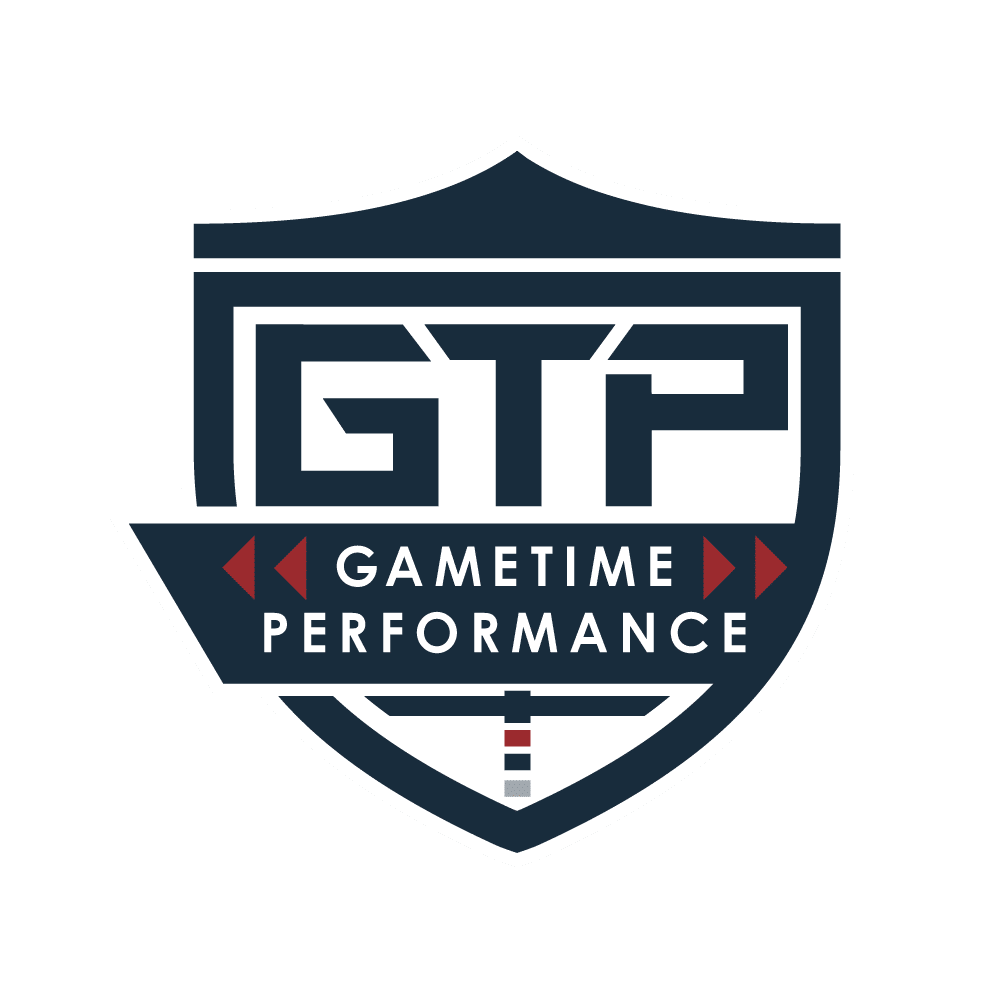If you’re looking to help your kid improve their performance on the field, at-home training is one of the best investments of your time and money. But how do you get started?
With all the options for football training equipment, it might seem overwhelming, but in reality there are only a few things you need (apart from some good old-fashioned work ethic) to get started.
To make it simple, we’ve broken it up into two categories: the personal gear you’ll need to keep your player safe and simulate on-the-field conditions, and field equipment that can facilitate backyard workouts and training sessions.
Personal Football Gear for Kids
We’ve touched on this in another article about what personal equipment you’ll need for football, but to provide a quicker version, the maximum amount of equipment most players need to simulate the being on the field is:
- Cleats
- Pads
- A Jersey
- Practice Helmet
- Gloves (optional)
Still, that list is designed to help you train in a way that truly simulates on the field conditions.
We highly recommend practicing in pads, a helmet, and cleats occasionally, but if you’re routinely training with a team already, you’ll probably be getting much of that gear at the recommendation of your team’s coach, and getting lots of on-the-field training.
If that describes you, you probably won’t need to buy a personal set, and all you’ll really need in terms of personal/worn gear is:
- Comfortable Athletic Wear
- Good Tennis Shoes (and athletic socks!)
Football Field Training Equipment for Kids
Apart from the personal equipment you’ll be wearing during practice, a few field equipment items can be really helpful in training, making it easier to do various drills that’ll help you increase your strength and speed.
Since some of this equipment is more advanced than the rest, we’ll arrange it so you can see what will be appropriate for certain age groups/play styles.
Training Equipment for Two-Hand Touch & Flag Football
Ages 6-10
For young kids playing two-hand touch or flag football, we’d recommend adding a few flag belts to the personal gear list above so that they can simulate in-game situations.
In terms of field equipment though, you should invest in cheaper practice cones or training plates. Plates might be a better option for young kids since they’re less of a tripping hazard.
With cones or plates, you’ll be able to set up tons of different drills and goals for your kids to train with—great bang for your buck.
Training Equipment for Young Tackle Football Players
Ages 10-14
Young tackle football players might be able to handle more sophisticated training equipment in addition to the training cones and plates we mentioned above (which are still a great investment at any age).
In addition to the standard training cones, consider adding these items to your kit for players at this age:
- Speed Ladder
- Lightweight Hurdles
- Resistance Bands (with waist & chest harness attachment)
The speed ladders, cones, and hurdles are great tools for helping young linemen improve their speed, balance, and coordination, while the resistance bands will help them develop explosiveness. The bands are a safe tool for adding load to younger athletes’ workouts without requiring perfect technique from them, like weightlifting does—using those bands, they’ll learn how to generate a lot of power from the ground up, which will help them push through the ground and get the upper hand at the line of scrimmage.
Training Equipment for Older Tackle Football Players
Ages 14+
Once you reach late middle school and higher levels of play (junior varsity and varsity teams, for example), student athletes start becoming responsible enough to handle more intensive training equipment.
If you’re looking for the best equipment to conduct football drills on the field at a more serious level, we’d recommend grabbing all the equipment we’ve listed above, plus:
- Medicine Balls
- Weight Sleds (and a harness)
- Blocking/Tackling Pad
With resistance tools like medicine balls and sleds, you can help your athlete develop explosive speed and power that will help them get off the line with force. On top of that, adding a tackling pad to any training you’re doing while in your full practice kit (pads, helmets, cleats, etc.) will give a dedicated athlete the best simulation possible of real on-the-field conditions.
When you combine this equipment with tools like the resistance bands, cones, ladders, and hurdles mentioned above, you’ve got everything you’d need to do some serious football training at home.
LOOKING FOR INTENSIVE FOOTBALL TRAINING IN ATLANTA?
If you need more intensive training, we’ve got affordable group sessions and private one-on-one training services that can take your student athlete to the next level.

